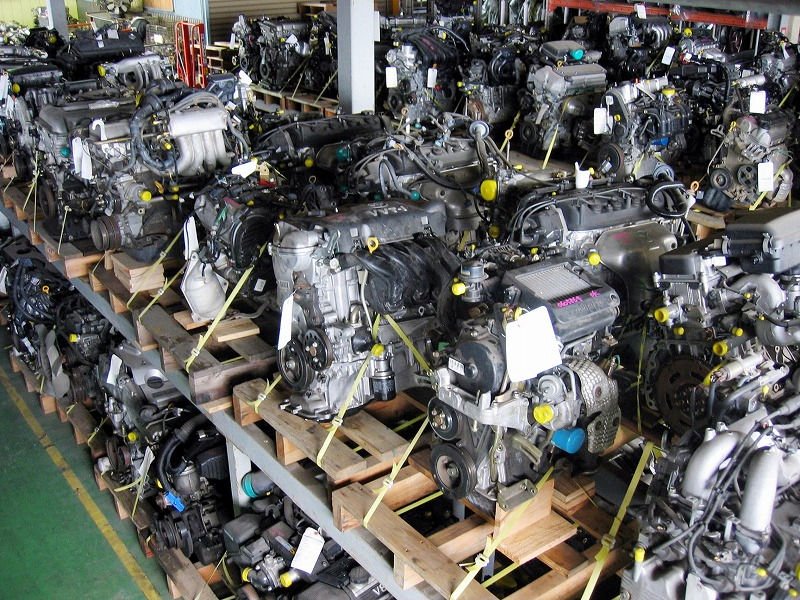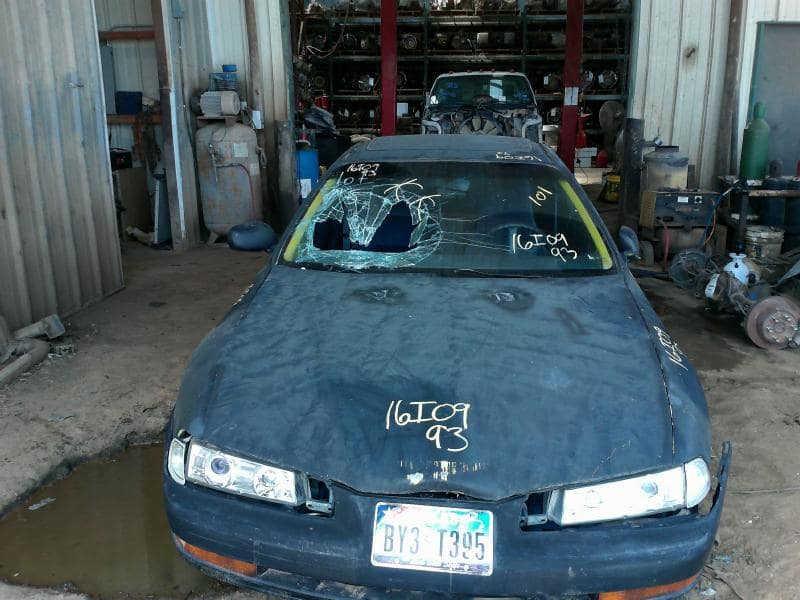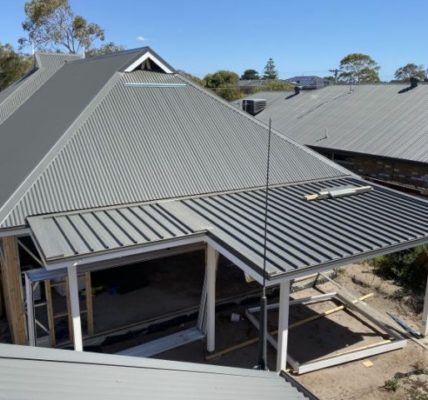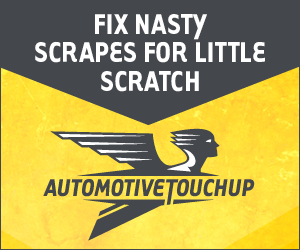Used parts, taken off the shelf or buying new replacements? Sooner or later, every car user is faced with the decision whether to replace the factory part with the original one or choose a replacement.
Maybe it is enough to put on a reconditioned part or buy used parts on the Internet, from a mechanic, in car shops or from a private seller? There is always a hand-wrecked wreck on the road. In fact, it is mainly about two things: quality and price. So, what can we do to make our favourite car happy with a well-functioning element without overpaying?
Originals versus replacements
If the car is relatively new, it is better to choose new parts. For older models, this option seems too expensive. The value of the car decreases and new parts keep the price. The cost of buying spare parts therefore does not correspond to the value of the car. Therefore, many drivers use much cheaper, used car parts.
In authorized service stations you can buy identical parts as those from which the car was made on the assembly line. These products as well as their packaging are marked with a specific car brand. However, the originals are expensive and the high price deters buyers. Replacements are the solution. There are a lot of them and it is not necessarily true that cheap car parts are of inferior quality and have a reduced service life.
What’s more, the replacement is uneven, but how do you figure out their value? Unoriginal parts are classified by category. The best ones are marked as a premium group and these parts are usually produced in the same factories as the originals. The only difference is that they are not marked with a specific car brand. The price of such a component can be lower by up to 60 percent than parts with the manufacturer’s logo.

Used parts with “cheaper quality”
A huge group of parts on the automotive market are substitutes, referred to as “cheaper quality” products. They are produced by specialized companies, with traditions and an established position, which, however, have no ambition to aspire to become suppliers of factory equipment. Such elements are made of good materials and most often have appropriate certificates of approval for use.
If you can forge a branded handbag and watch, can you forge original car parts as effectively? Counterfeits are often illusionally similar to originals and tempt with a low price, but when it comes to quality, it leaves a lot to be desired.
The number of counterfeits is enormous. Cheap car parts do not have quality certificates, and drivers confuse them with fully-fledged, legal replacements. Fitting them (e.g. in the engine) can lead to serious breakdowns, the removal of which will eventually drain the owner’s pocket of seemingly saved money.
Particularly dangerous are counterfeit timing belts, whose durability is several times lower than that of original products. Premature, unexpected breakage of a timing belt usually results in the destruction of many engine components. When buying a replacement, we should therefore pay attention to the unnaturally low price. The biggest distributors of spare parts verify their quality by themselves.
Second life of old parts
Many car parts and components can be regenerated and reused. Reconditioned parts, although they are a relief for your wallet (by returning a removed element from the car you can save up to 80% when purchasing) are often much less durable. Is it worth using them in the final analysis? Yes, if this treatment is carried out with the use of advanced technologies and as a result they become fully-fledged components.
The problem when buying a used spare part is the fact that even in the case of one car model different elements are used and then it is not enough to know the year, capacity or type of the body. The VIN vehicle identification number can come in handy.
Where to look for components?
The easiest way is to use a reputable online shop. There is no risk when buying used parts. Some web portals also offer used parts. When buying small details like: air filter housings, covers, cables we should not have any problems with them.
We should be more vigilant when buying brake system components or suspension parts, because our safety is at stake. It is relatively profitable to buy used sensors, pumps, non-standard shock absorbers, half-axles, steering gears, alternators or starters. Similarly, rear and side windows, which do not wear out quickly.
In the case of front windows, you have to be careful, because they can be tarnished or scratched. The same applies to lamps. The headlights are much more worn out, so it is much better to buy new ones. With rear lights, used parts are usually a good decision.
Or maybe from the road?
Most drivers have a deep-coded conviction that if the car was taken to a junkyard, it must have been worn to the limit. Meanwhile, many countries are scrapping cars that could still be used for years. This is an effect of the introduction of the so-called ecological subsidies, which are to encourage owners of older vehicles to buy new, more environmentally friendly models.
If someone has a car that requires the replacement of several components, a trip may pay off. Although the prices there will not be lower than on scrap yards, the parts are usually in better condition.
In addition, many of them are still in the cars, which makes it easier to assess the technical condition and origin, while buying from a trader e.g. a dismantled gearbox or engine, we have no idea where they come from. Unlike the cars sold on the stock exchanges, these scrapped cars usually do not have “twisted” counters either.









